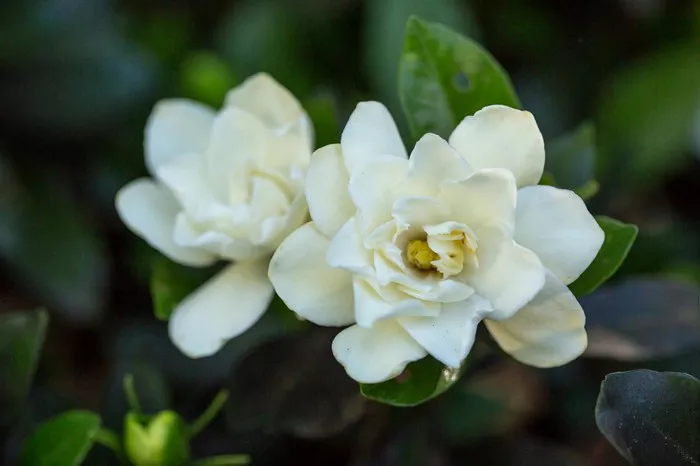Fresh cut flowers bring vibrant beauty and a touch of nature into our homes, but their delicate petals and stems require proper care to maintain their freshness. Whether you’re preparing for a special event or simply want to enjoy your blooms for longer, knowing how to store fresh cut flowers overnight is essential. In this comprehensive guide, we’ll explore expert tips and techniques to help you preserve the beauty and extend the lifespan of your floral arrangements.
Understanding the Importance of Overnight Storage
Before delving into the specifics of overnight storage, it’s crucial to understand why it’s necessary. Freshly cut flowers continue to undergo physiological processes even after being harvested. Without water and proper care, these processes can lead to wilting, drooping, and ultimately, the premature demise of the flowers. Overnight storage provides a temporary solution to halt these processes, allowing you to enjoy your blooms for an extended period.
Selecting the Right Flowers
Not all flowers are created equal when it comes to longevity and resilience. When selecting flowers for overnight storage, opt for varieties known for their durability and ability to withstand extended periods without water. Roses, carnations, chrysanthemums, and alstroemerias are excellent choices due to their sturdy stems and robust petals. Additionally, consider the stage of bloom; flowers that are just beginning to open will have a longer vase life compared to fully bloomed ones.
Preparing the Flowers for Storage
Proper preparation is key to maximizing the lifespan of fresh cut flowers. Begin by trimming the stems at a 45-degree angle using sharp, clean scissors or floral shears. This angle increases the surface area for water absorption, ensuring optimal hydration. Remove any foliage that will fall below the waterline to prevent bacterial growth.
Next, fill a clean vase with lukewarm water and add a floral preservative to nourish the flowers and inhibit bacterial growth. Follow the manufacturer’s instructions for the correct dosage. Allow the flowers to hydrate in the solution for at least 2-3 hours before proceeding with overnight storage.
Choosing the Ideal Storage Location
Selecting the right storage location is crucial for maintaining the freshness of your flowers overnight. Aim for a cool, dark area away from direct sunlight, heat sources, and drafts. Excessive heat can cause the flowers to wilt rapidly, while exposure to sunlight can accelerate the aging process. A basement, closet, or refrigerator are ideal options for overnight flower storage.
If using a refrigerator, ensure that the temperature is set between 34-40°F (1-4°C) to prevent freezing or chilling injury to the flowers. However, be cautious not to store flowers alongside fruits and vegetables, as some produce emits ethylene gas, which can hasten flower wilting.
SEE ALSO: Preserving the Blossom: A Comprehensive Guide to Keeping Flowers Fresh
Properly Packaging the Flowers
To protect your flowers during overnight storage, it’s essential to package them correctly. Start by loosely wrapping the flowers in damp paper towels to provide hydration and maintain moisture levels. Avoid wrapping them too tightly, as this can damage delicate petals and stems.
Once wrapped, place the flowers in a plastic bag or container to prevent dehydration and maintain humidity levels. Seal the bag or container securely to create a microclimate conducive to flower preservation. If storing multiple bouquets, ensure they are not overcrowded to allow for adequate air circulation.
Additional Tips for Overnight Flower Storage
Avoiding Ethylene Exposure: Ethylene gas, produced naturally by certain fruits and vegetables, accelerates the aging process in flowers. Keep your floral arrangements away from ethylene-producing items such as apples, bananas, and tomatoes.
Refreshing the Water: If your flowers have been sitting in water for an extended period before overnight storage, consider replacing the water with fresh, lukewarm water before packaging them. This ensures that the flowers have access to clean, nourishing hydration during storage.
Monitoring Humidity Levels: Humidity plays a significant role in flower preservation. If the storage area is particularly dry, consider placing a shallow tray of water nearby to increase humidity levels. Conversely, if the environment is too humid, ensure adequate ventilation to prevent mold and mildew growth.
Inspecting for Pests: Before packaging your flowers for overnight storage, inspect them carefully for any signs of pests or insects. Remove any affected foliage or blooms to prevent infestations from spreading to other flowers.
Conclusion
With proper care and attention to detail, you can successfully store fresh cut flowers overnight and prolong their beauty and freshness. By selecting the right flowers, preparing them correctly, choosing an appropriate storage location, and following best practices for packaging, you can enjoy your blooms for an extended period. Incorporate these expert tips into your floral care routine, and delight in the enduring elegance of your arrangements.


